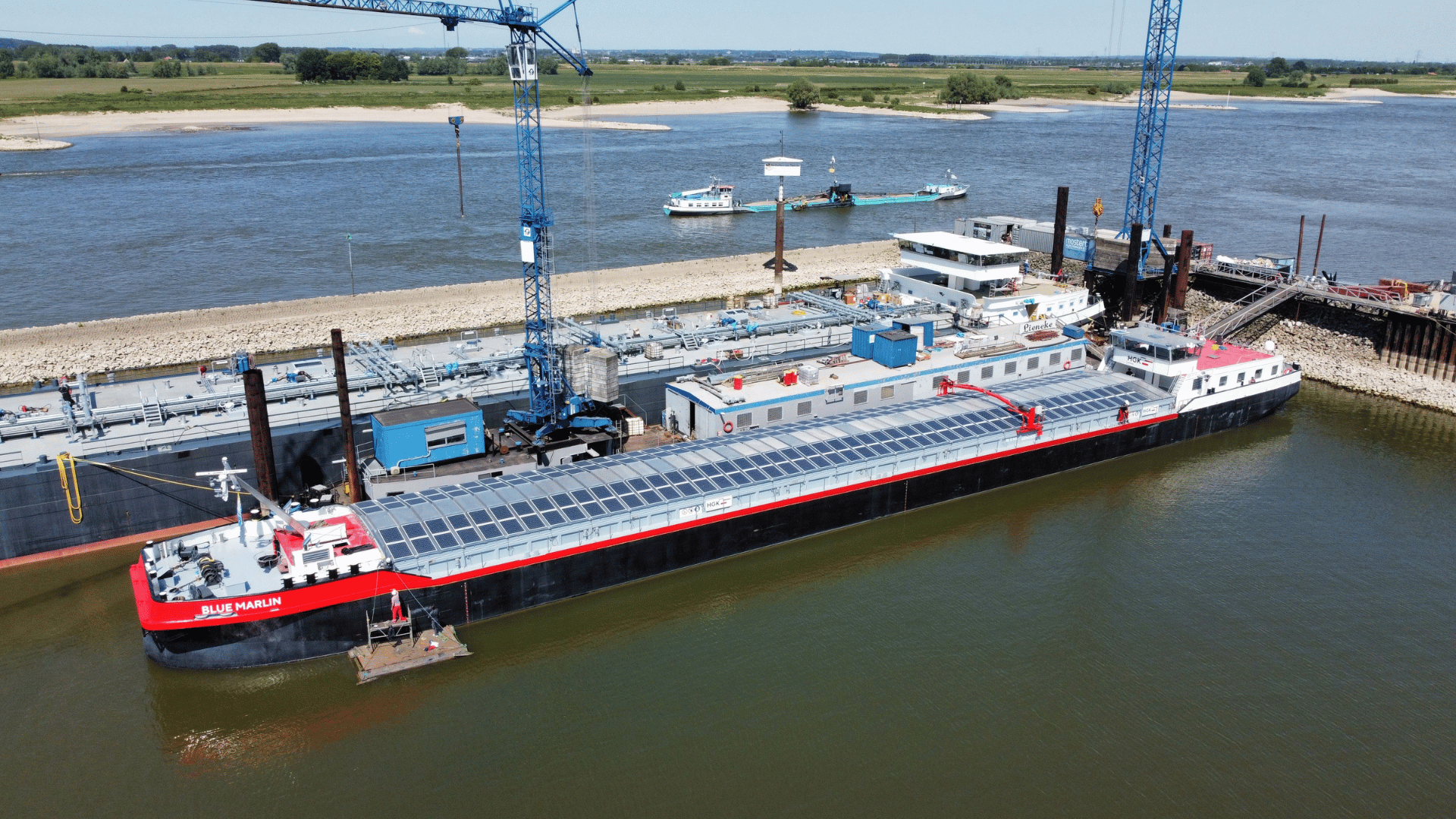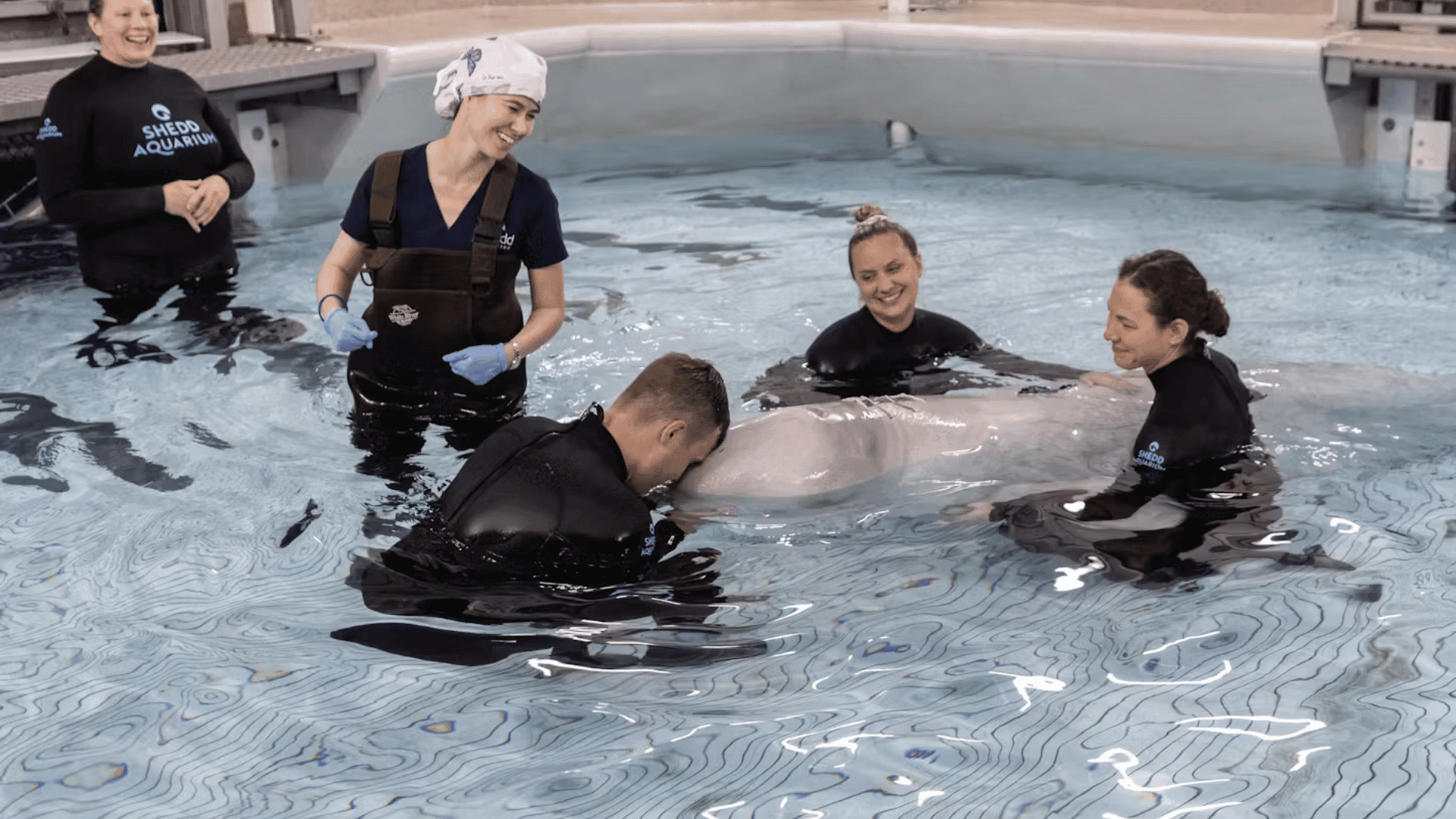When it comes to organ transplants, there are so many different factors that must be considered. From the safe and efficient transportation of organs to the body’s reaction to the transplant, these life-saving procedures involve an incredible amount of precision and care. This is why it is absolutely essential that this area of medicine continues to evolve and innovate. The more that transplant transportations and operations grow, the more lives will be saved.
This Tomorrow’s World Today excursion involved Darieth visiting Care DX headquarters in Silicon Valley, California. On this journey, we learned about innovative new transplant monitoring technology as well as how MissionGO is working on new transplant transportation technology. Here we’re taking a deep dive into how MissionGO began and what steps they’ve taken to make organ transportation more efficient.
The Problem
You’ve been waiting years on the donor list when, finally, the system identifies a matching donor. Now, the only obstacle between you and the transplant of a new and properly functioning organ is time. Every hour an organ spends in cold ischemia time (or CIT) diminishes the organ quality and increases the likelihood of transplant complications. Although many of the world’s transportation systems have become more efficient over time, the organ transportation system is still lacking. One mere flight cancelation can cause one to lose the organ quality needed for transplantation.
This was the problem that prompted Joseph Scalea, University of Maryland Transplant Surgery, to envision a new method of transporting organs. According to UNOS, CIT is the second most common reason that over 400 kidney offers per year must be turned down at the University of Maryland Medical Center. He imagined a system that would use UAVs (Unmanned Aerial Vehicles), also known as drones, to transport donor organs to different locations. The organ offers would be reviewed and accepted via an app.
In regard to the idea, the United Network for Organ Sharing chief medical officer, David Klassen, had this to say, “We owe it to patients and to the community to push past what is considered conventional in organ transplantation transportation and use data tracking to improve results… There is more work needed to be done before drone transport can be a reality, but because there’s such a huge potential for reducing organ wastage and saving more patients, it’s absolutely worth pursuing.”
A Sky-High Solution
After his initial idea, Joseph Scalea began the work of turning it into a reality in 2016. He sought funding and enlisted experts from the University of Maryland A. James Clark School of Engineering, Department of Aerospace Engineering, and the Unmanned Aircraft Systems Test Site. Before long, the team of nearly one hundred individuals had completed a custom-built UAV.
These crafts are made to carry incredibly precious cargo, so they needed to be designed as safely as possible. The design includes redundant rotors and a parachute, as well as a complex monitoring system that allows one to monitor the organ, flight conditions, and drone location in real-time.
Soaring to New Heights
After 44 test flights, the MissionGO team was ready to try their UAV in real transplant transportation. The first official flight was in September of 2019 for transplant patient Trina Glispy. A kidney needed to be transported 2.8 miles from the Living Legacy Foundation of Maryland to the University of Maryland Medical Center. Nine minutes and fifty-two seconds after its launch, the UAV landed safely on the rooftop of the University of Maryland Medical Center. Scalea estimated that it would have taken at least double that time for the organ to have been transported via ground.
The MissionGO team also had a notable test flight in September of 2020 when they partnered with the Nevada Donor Network to test fly some corneas and kidneys across the Nevada desert. According to Business Insider, the drones completed two flights. The first flight carried corneas for research 1.8 miles in five minutes. The second flight broke a record for longest organ delivery in an unmanned craft when it carried a kidney 10.3 miles in roughly 25 minutes. The team has more test flights set up for 2021 and we can’t wait to see where they MissionGO next!










